|
As we drove east one morning from Tabriz in Northern Iran up into Sabalan mountain, little did we think we were going to end up at the seaside for lunch! We were concentrating that morning on discovering alpine treasures, and were especially thrilled to come across more tulips!
When we were on our way back down the mountain again, we encountered a different sort of snow carpeting the hill-sides. But this snow was actually a familiar white carpeting plant which is well known as a garden plant sometimes called 'Snow in Summer' - Cerastium cerastioides. Interesting to see it flourishing for miles in it's natural semi-alpine habitat. As we travelled further east over the next few days, across the wide plateau of northern Iran we could see in the distance the northern-most foothills of the Alborz mountains and when we got closer Jalil pointed out tantalising glimpses of the Caspian Sea between the far hills. I doubt that the Caspian Sea was ever on our schedule, because Jalil, as a botanist specialised in alpine flora, however I had read about the Caspian and it seemed such a fabled place of myth and romance. A place I didn't ever think I would get to, yet here we were - so near and yet so far. 'Can we please go there Jalil' I asked more than once and Jalil, our long suffering guide, was silent for quite a while, then suddenly he announced 'We will have lunch on the shore of the Caspian Sea today'. I was overjoyed, and almost hugged him. Then I remembered just in time that an Iranian woman would never do such a thing, so I contained myself. Up we climbed through dry foothills, until we reached the top of a pass which looked East down to the Caspian side. It felt similar to climbing the Canterbury side of the Southern Alps to reach the top of Arthurs Pass where the vegetation changes dramatically to wooded hills on the West Coast side. It is the same in northern Iran where the dry hills become wooded as you descend to the Caspian side. Here the forest is mostly deciduous to the east of the mountain pass, descending to the Caspian Sea, where precipitation from the sea creates a moist climate resulting in lush growth. This woodland adjacent to the Caspian Sea, was the only woodland we saw in Iran, which we were able to explore briefly and where we could attempt to identify some of the tree species. 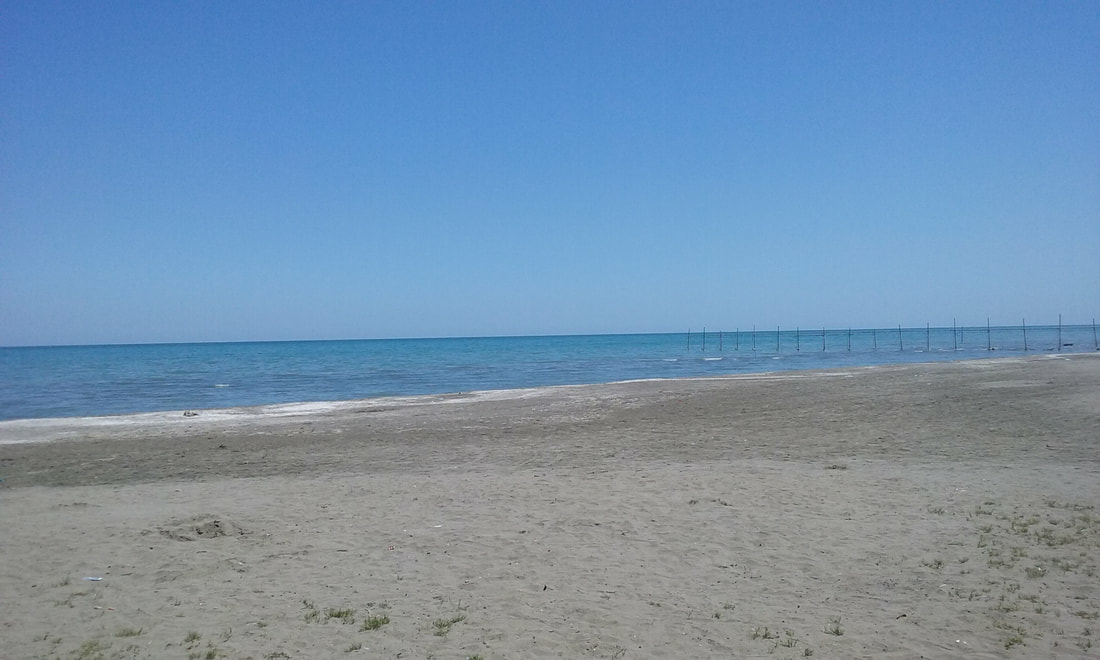 Coming down through the lush forests, we descended down, down, down to the fabled Caspian Sea. And it was just as I had imagined - jewel like, exotic, remote, and bluer than blue. Make any wonder there was a sense of going down, as the Caspian Sea is situated in a geographic depression or basin 27 metres below sea level. Millions of years ago, the Caspian was linked to the Black Sea, the Meditteranean and other world oceans, which would explain it's salinity. 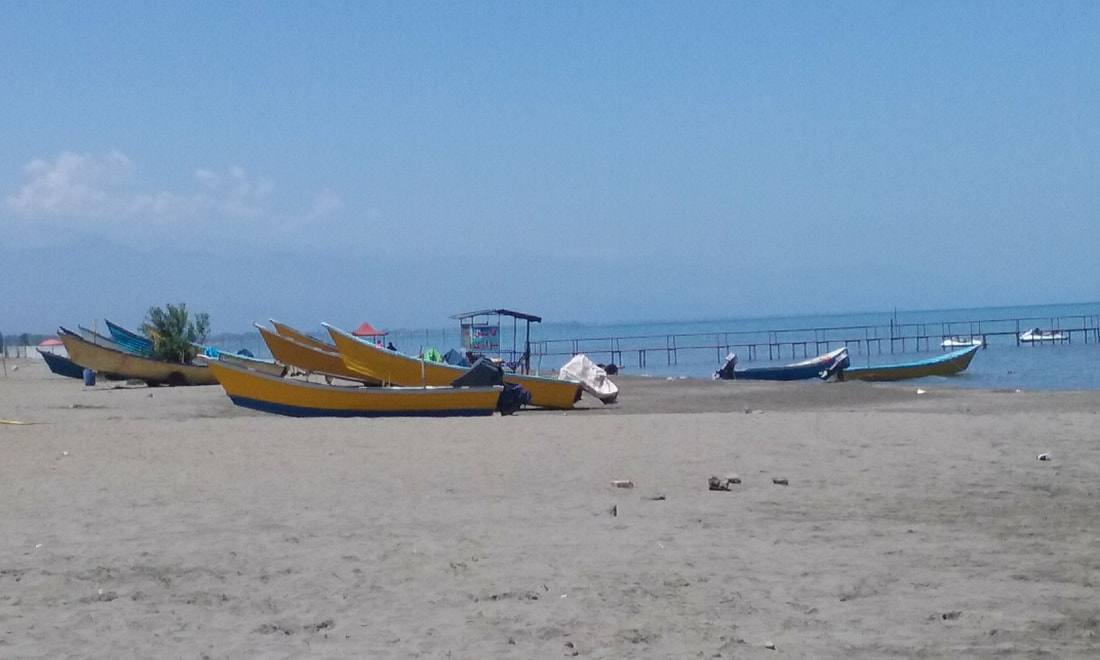 We had arrived at the southwest coast where the Caspian Sea adjoins Iran. Here it was everything I had imagined. But it would have been quite different where the Caspian coast adjoins other countries such as Azerbaijan and Russia. For hundreds of years the Caspian Sea to the north, has been the source of Russian caviar, from the roe of the special sturgeon, Beluga, which thrive only in these waters. The coastline where Azerbaijan adjoins the Caspian is rich in oil and the modern wealthy capital city of Baku is situated here on it's shores. Around Baku there are forests not of trees we were told, but of oil drilling sites.
But there was something even more exciting to discover further on which would thrill us all. The first we knew about it was when Jalil asked the driver to stop near some road works. Such an unpromising looking site, but we knew it must be important as Jalil suddenly leapt out of the bus and over ditches and muddy ravines and raced up a steep hill on the other side of the road works. He gesticulated wildly so we attempted to follow him over this steep terrain, but the women decided it was too tough and found a comfy look-out point from where we could see the men and the indefatigable Tamar make it up the steep slope opposite us. From a distance we could see they were excited about some unremarkable clumpy shrubs of dull green dotted here and there. Whatever was it we wondered? Then as the intrepid plant-hunters made their way back, we could see their arms were full of something beautiful - great soft yellow cups of peony roses - Paeonia wendelboi!! We were nearing the end of our time in Iran but the treats weren't over yet! We wondered what botanical pleasures could possibly surpass the thrill of finding Paoenia wendleboi growing in the wild? But there was to be one last botanical thrill before we left Iran. Roses!! The original species rose - Rosa persica, which as the name suggests was found in old Persia of which modern Iran is a part. I had been bothering Jalil ever since arriving in Iran, asking him more than once about finding Rosa persica, and he was typically non-committal, but then one day he announced 'We will visit my village today' We all expressed delight at the idea, but still had no idea what that would entail. When we arrived at his village there were 2 of Jalil's brothers awaiting us with smiles and polite gestures to usher us into 3 cars, so we piled in on top of each other into these rather ancient vehicles and proceeded to bump up and down over farm fields, through rifts and hollows for or mile or two, mystified about what could possibly be happening next. Then suddenly we stopped and all got out still not sure what this was all about and Jalil pointing to the ground simply said 'Rosa persica'! And sure enough in the rift of wild land between two cultivated fields there it was scrambling and sprawling underwhelmingly along the ground. The attractive colour of each small single golden flower with it's distinctive burgundy brownish blotch in the centre made up for it's scrubby appearance. Jalil and his brothers who had driven us there were probably mystified at our delight in finding this unprepossessing plant, which to them was perhaps not much more than a weed, and rather an invasive one at that! Endemic to Iran, (Persia) this scrappy drought resistant bush, is a very primitive form of rose, but it is a plant which could teach us something of the evolution of the rose. 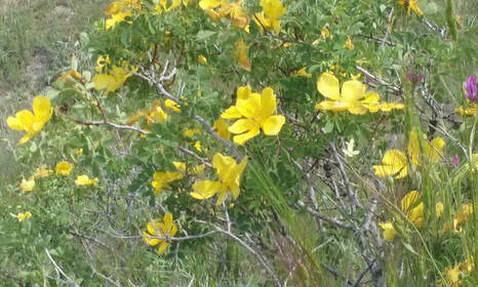 Rosa foetida Rosa foetida What could be more fitting for our last day in Iran, than roses - as this is where some of the earliest and most distinctive rose species were found. And Jalil's village and rural environment was rich in roses with plentful supplies of Rosa canina,which we had also seen in Armenia, and which has naturalised in many parts of the world, even in New Zealand where it came in on the boots of 19th century goldminers to Central Otago eventually becoming a noxious weed, spreading throughout dry inland mountainous areas of the South Island. But Iran was different as it was not only the common Rosa canina or the rare Rosa persica, which we found growing in the wild, but also the unusual single flowered yellow Rosa foetida, absolutely thriving in the wild, as was it's dazzling orange cousin Rosa foetida 'Bicolour'. This orange form is named 'bicolour' because the petals are red inside and yellow on the reverse, and so each single bloom appears as bright orange, especially when contrasted amongst the lush blue tinted foliage as these were. Native to the Caucusus from Eastern Turkey and across Iran to Afghanistan, here they were growing naturally as hedges alongside the dusty road in this rural setting. I couldn't believe we were seeing such a rare and exotic sight growing so casually and happily. It is from these, that the bright orange and scarlet red tones of our modern roses originate. I have been fascinated with Rosa foetida 'Bicolour' for a long time and once many years ago tried to grow it in my garden, because even then, I understood it to be the only wild species rose with this distinct orange colouring and at that time it was available to buy from Heritage Rose Nurseries in New Zealand. But it was disappointingly pathetic in my garden and did not thrive, yet here in the wild, where it belongs, it was growing so strong and vigorous with no sign of the rust or black spot, which had affected the sad little plant so miserably in my garden. In the bright sunlight of Iran the foliage was lush and thick with a bluish haze which made the orange colour of the flowers bounce. The other amazing factor was that we were so lucky to see Rosa foetida 'Bicolour' flowering in the wild at just that time, as along with most other species roses, Rosa foetida flowers only once and quite briefly in early summer, so there is only a short window of opportunity. Nine months later, back in New Zealand, I can hardly believe I was ever in these beautiful exotic lands which I had only ever read and dreamt about. To see flowers like the many different varieties of Tulip, Fritillaria, Iris, Allium, Scilla, Crocus, Muscari, (grape hyacinth) Centaura (cornflower) and even Eremurus (foxtail lily) and many many others growing naturally amongst such dramatic landscapes seems unreal. The only regret I have is that I wasn't in Iran soon enough to see the remarkable wild areas of orange/red Fritillaria imperialis (CrownImperial) which flowers in April against a snowy mountainous backdrop.
While here, as April is beginning and the summer season is fading fast, I must learn to love those autumn seed-heads, the turning colour of deciduous trees and the lush greens and strange forms of our own native evergreen flora. But there are always dreams and memories of far-off exotic lands.
9 Comments
Gill M
8/4/2019 07:40:40 pm
Robyn Through your love of plants you have brought Iran alive. What an interesting trip. I don't know anyone else who gets so much out of their travels.. Your passion is infectious.
Reply
9/4/2019 03:12:23 pm
Next time perhaps Gill - in my luggage. Botanical trips are fascinating as you get to out of the way places.
Reply
9/4/2019 03:14:22 pm
Glad you enjoyed it Ruth. Botanical trips are really special.
Reply
Barbara Davies
9/4/2019 09:40:47 am
So scholarly. Robyn. But so enjoyable with great photos.
Reply
9/4/2019 03:17:20 pm
Really Barbara! I never thought of it in that way, I just write about what I love. It's so exciting finding plants which grow in your garden growing in the wild where they originated.
Reply
Henrietta
9/4/2019 08:46:47 pm
Thank you Robyn for sharing your delight in the flowers of Iran especially the old roses. Don't suppose we could have the bi-colour in our Beverley park garden?
Reply
Barbara Foulkes
10/4/2019 02:05:49 pm
Hi there
Reply
Barbara Foulkes
16/4/2019 12:06:50 pm
Thankyou Barbara. You have reached my blog but here is my website which should take you there any time.
Reply
Leave a Reply. |
Details
Archives
July 2023
Categories |
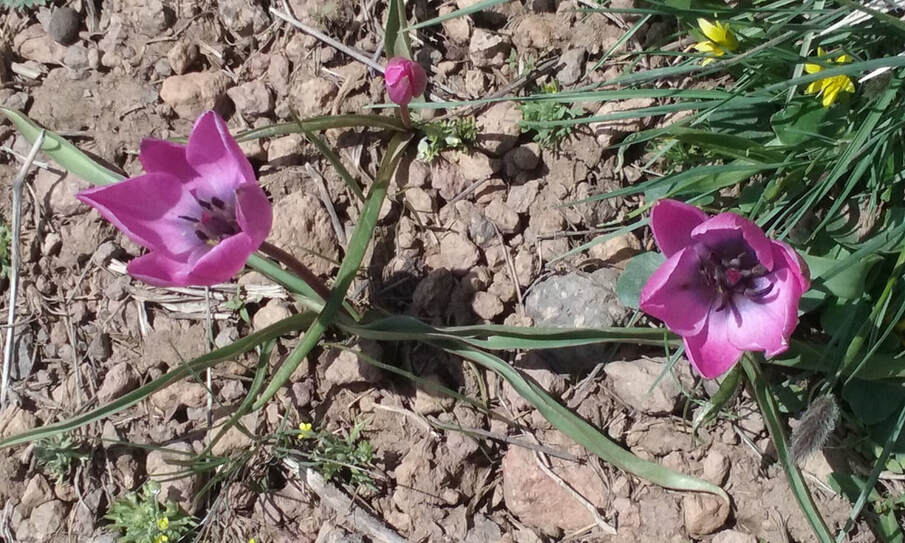
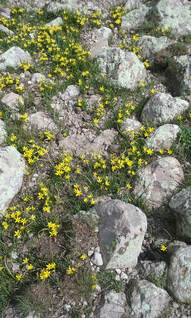
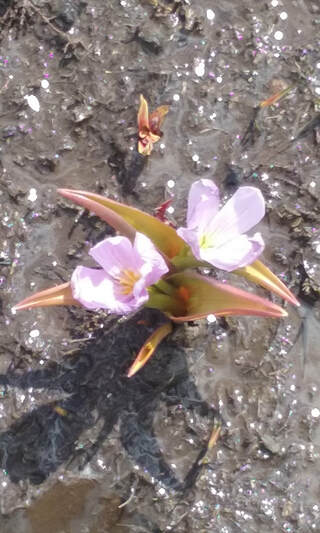
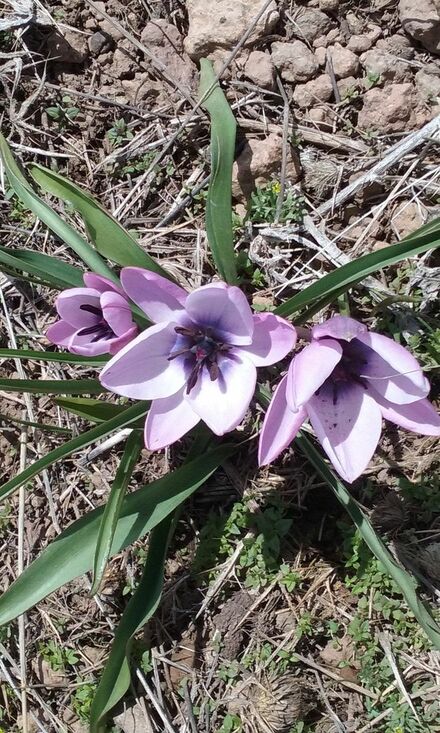
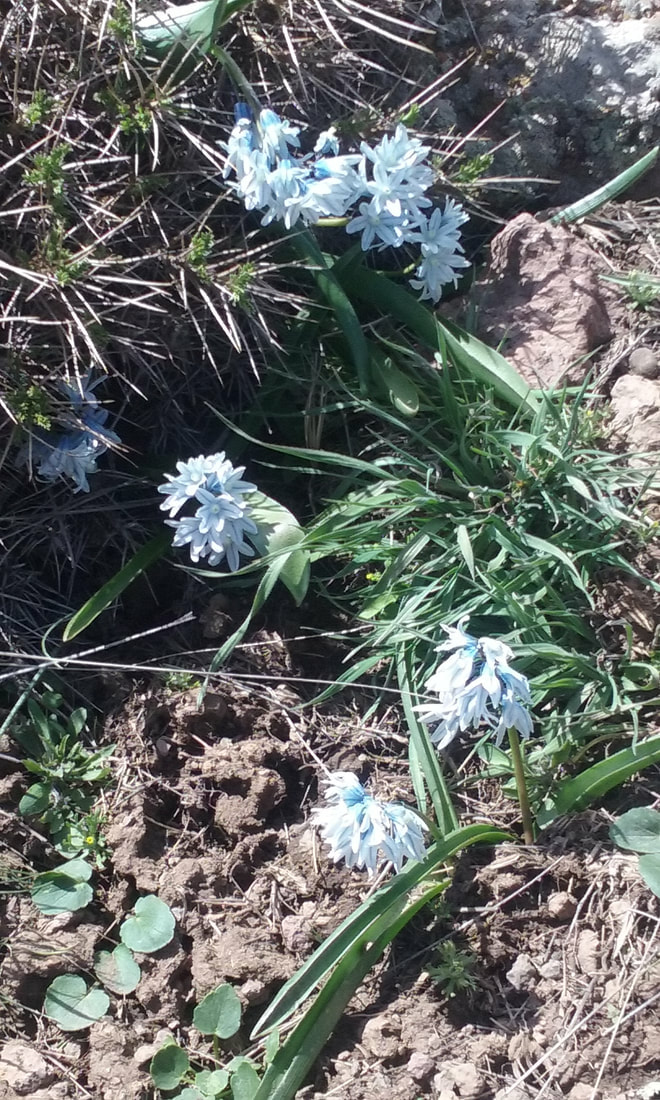
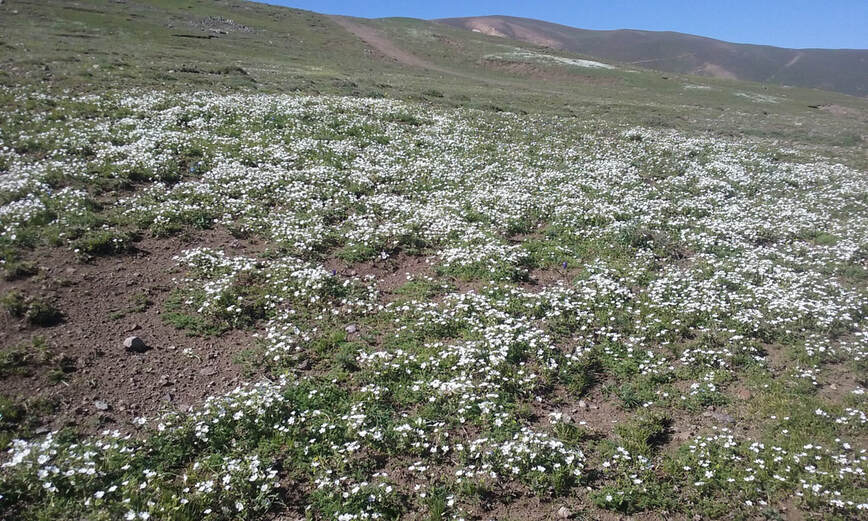
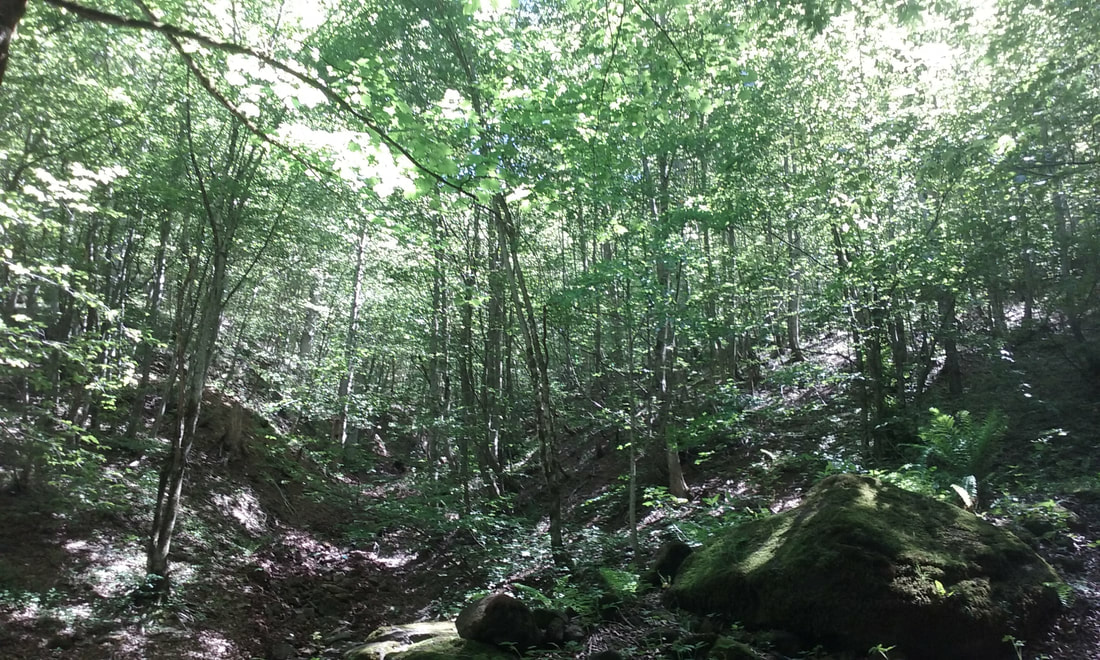
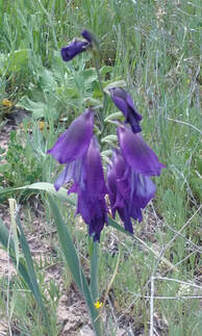
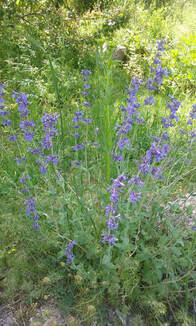
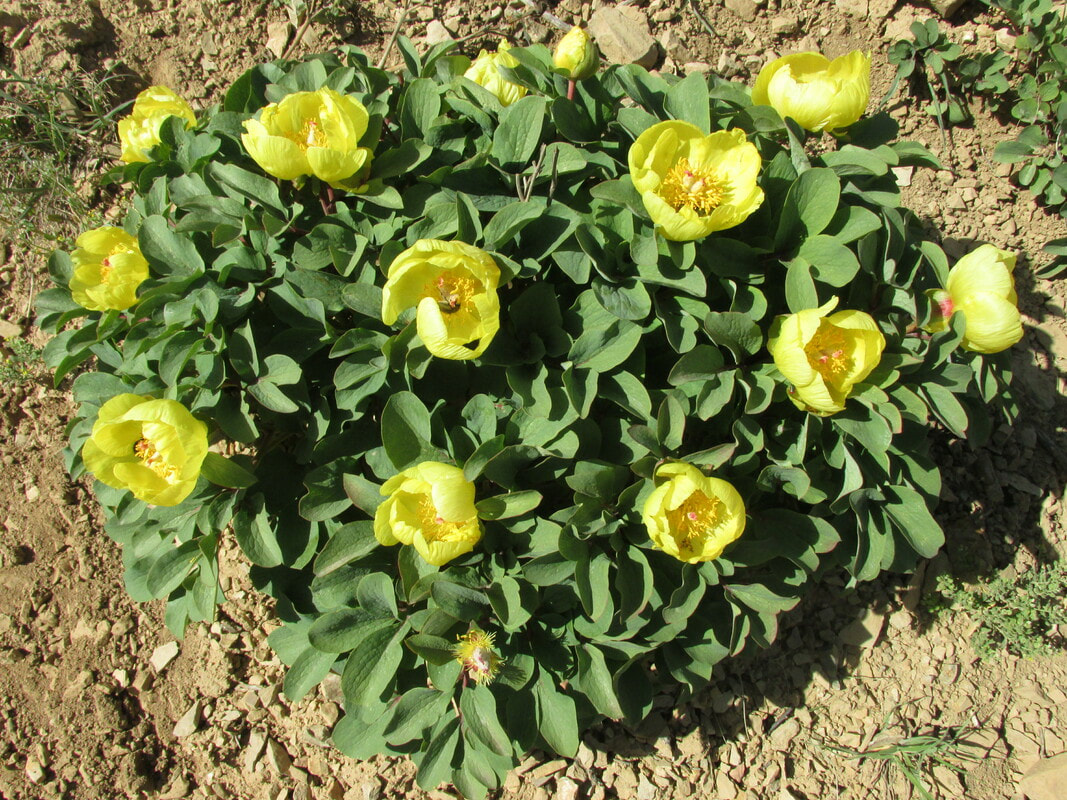
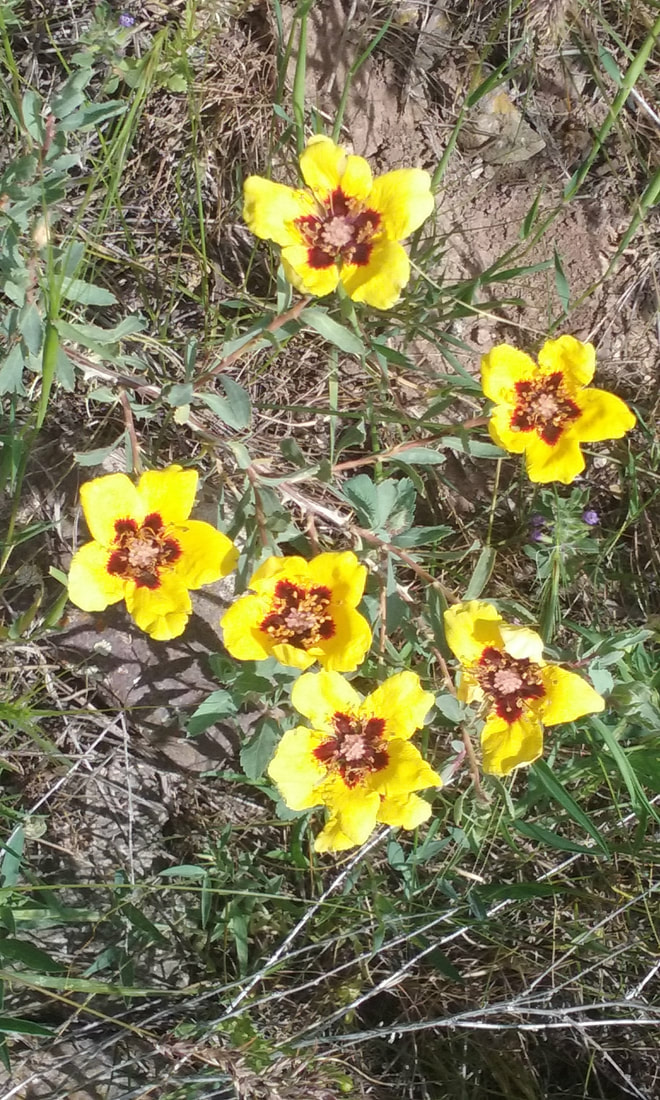
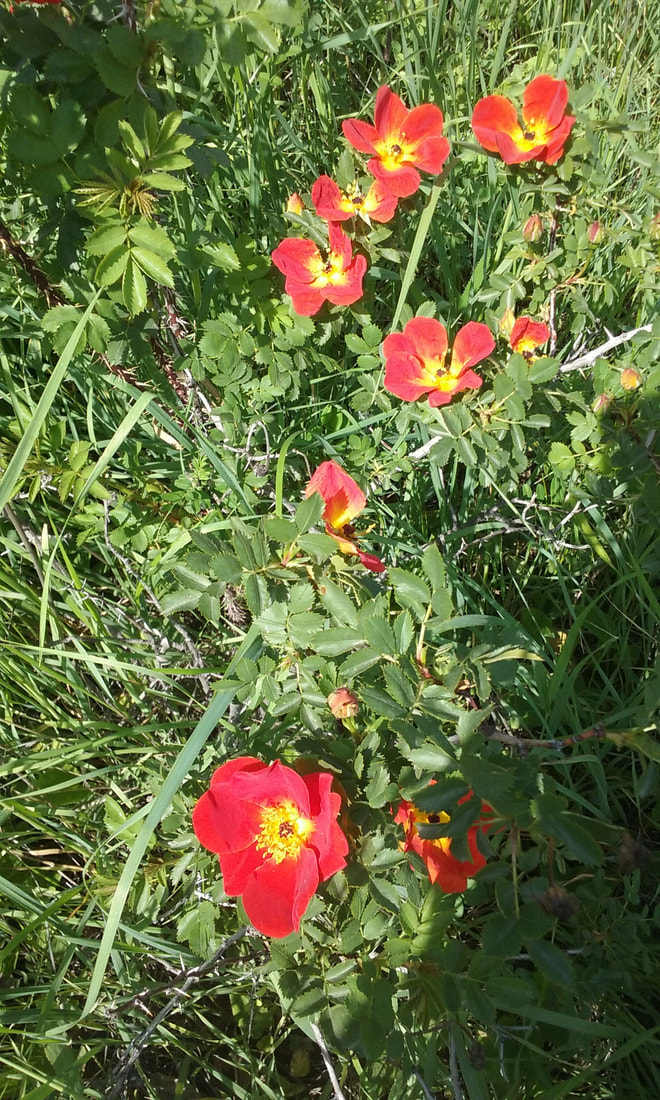
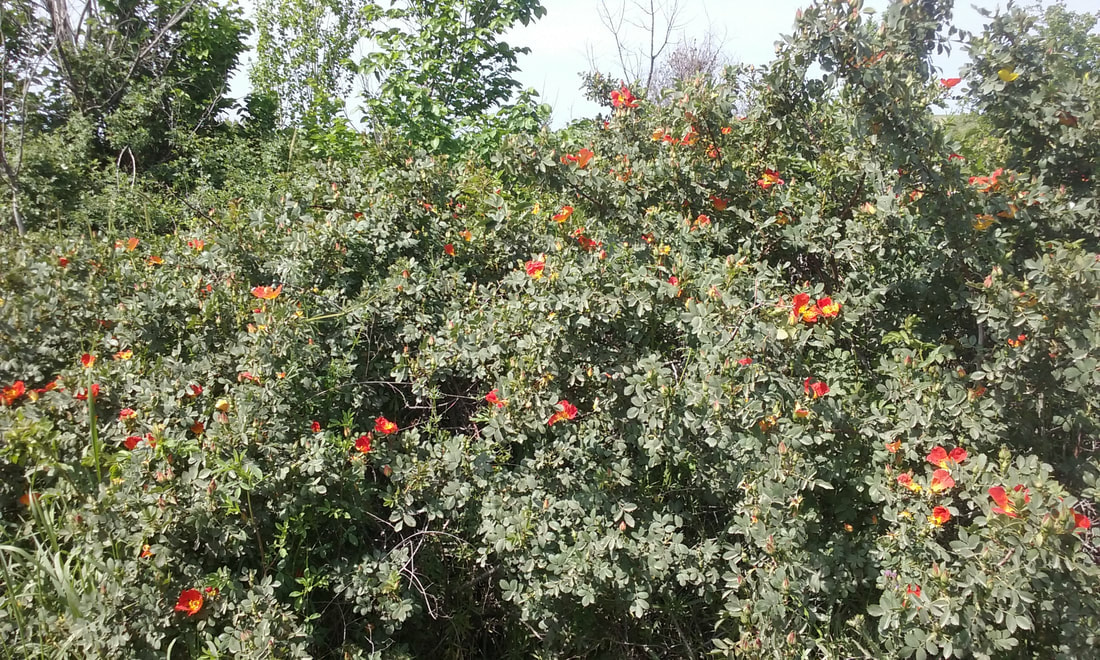
 RSS Feed
RSS Feed
